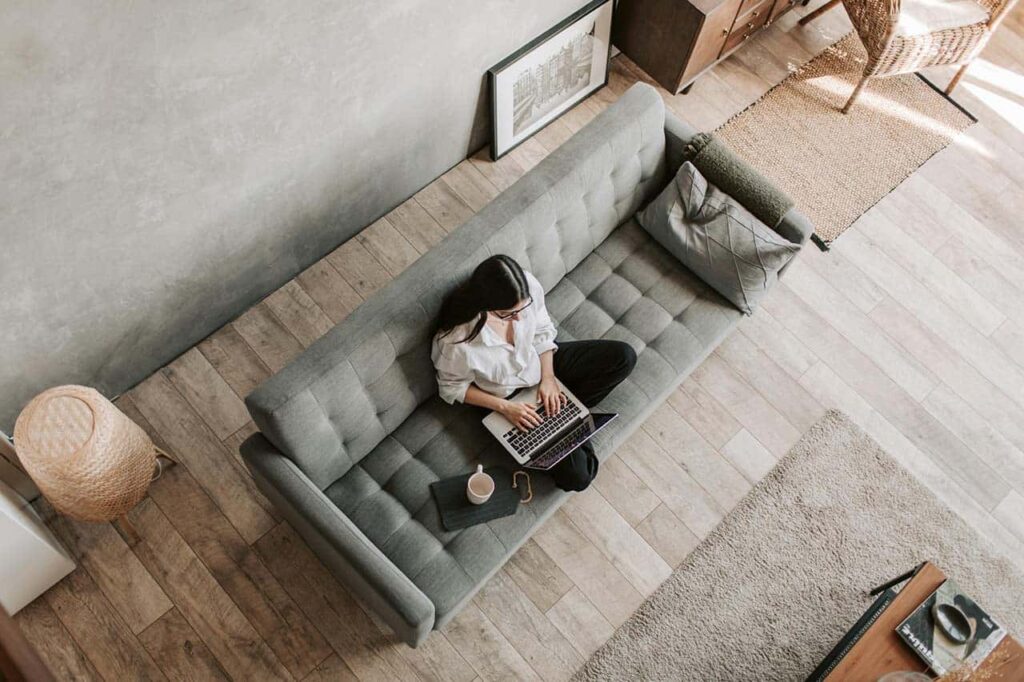In the ever-evolving landscape of architecture, the call for innovation echoes loudly. At Architecture + Kalium, we have embraced an integrated way of working that transcends traditional boundaries, fostering collaboration, efficiency, and groundbreaking designs. In this blog post, we delve into the core principles and transformative power of an integrated approach to architectural practice.
Defining Integration in Architecture
Integration is more than a buzzword—it’s a philosophy that permeates every stage of our projects. From conceptualization to construction, an integrated approach brings together diverse disciplines, stakeholders, and perspectives. It’s about breaking down silos and creating a seamless flow of ideas, expertise, and communication.
Collaboration Beyond Boundaries
Innovation thrives in collaborative environments. Our integrated approach involves close collaboration not only within our architectural team but also with clients, engineers, contractors, and other stakeholders. This collaborative synergy fosters a holistic understanding of project goals, leading to solutions that are both visionary and practical.
Benefits of Collaboration:
- Efficiency: Streamlined workflows and reduced delays.
- Innovation: Cross-disciplinary insights inspire creative solutions.
- Cost-effectiveness: Early identification and resolution of potential issues.
From Concept to Construction: A Seamless Journey
The journey from concept to construction is a continuum, not a series of isolated phases. An integrated way of working ensures a smooth transition between design, planning, and execution. It’s about viewing the entire project lifecycle as interconnected, where decisions made in one phase reverberate through others.

Key Phases:
- Conceptualization: Translating ideas into a cohesive vision.
- Design Development: Integrating feedback for refinement.
- Collaborative Planning: Coordinating with engineers and specialists.
- Construction: Ensuring seamless execution of the design.
Technology as an Enabler
In the digital age, technology plays a pivotal role in integration. Utilizing Building Information Modeling (BIM), collaborative project management tools, and virtual reality, we enhance communication and coordination. This not only expedites decision-making but also provides stakeholders with a more immersive understanding of the design.
Technological Tools:
- BIM: A 3D model-based process for better visualization and coordination.
- Virtual Reality: Immersive experiences for design review and stakeholder engagement.
- Collaborative Platforms: Real-time communication and document sharing.
Embracing Sustainability and Well-being
An integrated approach extends beyond design and construction—it encompasses sustainability and occupant well-being. By seamlessly integrating green practices, energy-efficient systems, and human-centric design principles, we create spaces that not only endure but enhance the quality of life.
Sustainable Integration:
- Passive Design: Harnessing natural elements for energy efficiency.
- Material Selection: Choosing eco-friendly and locally sourced materials.
- Human-centric Spaces: Designing for comfort, health, and productivity.
Conclusion: A Holistic Vision for the Future
As we navigate the complex tapestry of architectural challenges, embracing an integrated way of working isn’t just a choice—it’s a necessity. It’s about weaving together creativity, collaboration, and technology to build a future where architectural marvels not only stand as testaments to design excellence but also contribute positively to the world.
At Architecture + Kalium, our commitment to an integrated approach is embedded in every project. Join us on this transformative journey where the integration of ideas leads to the creation of spaces that inspire, endure, and shape a better tomorrow.

